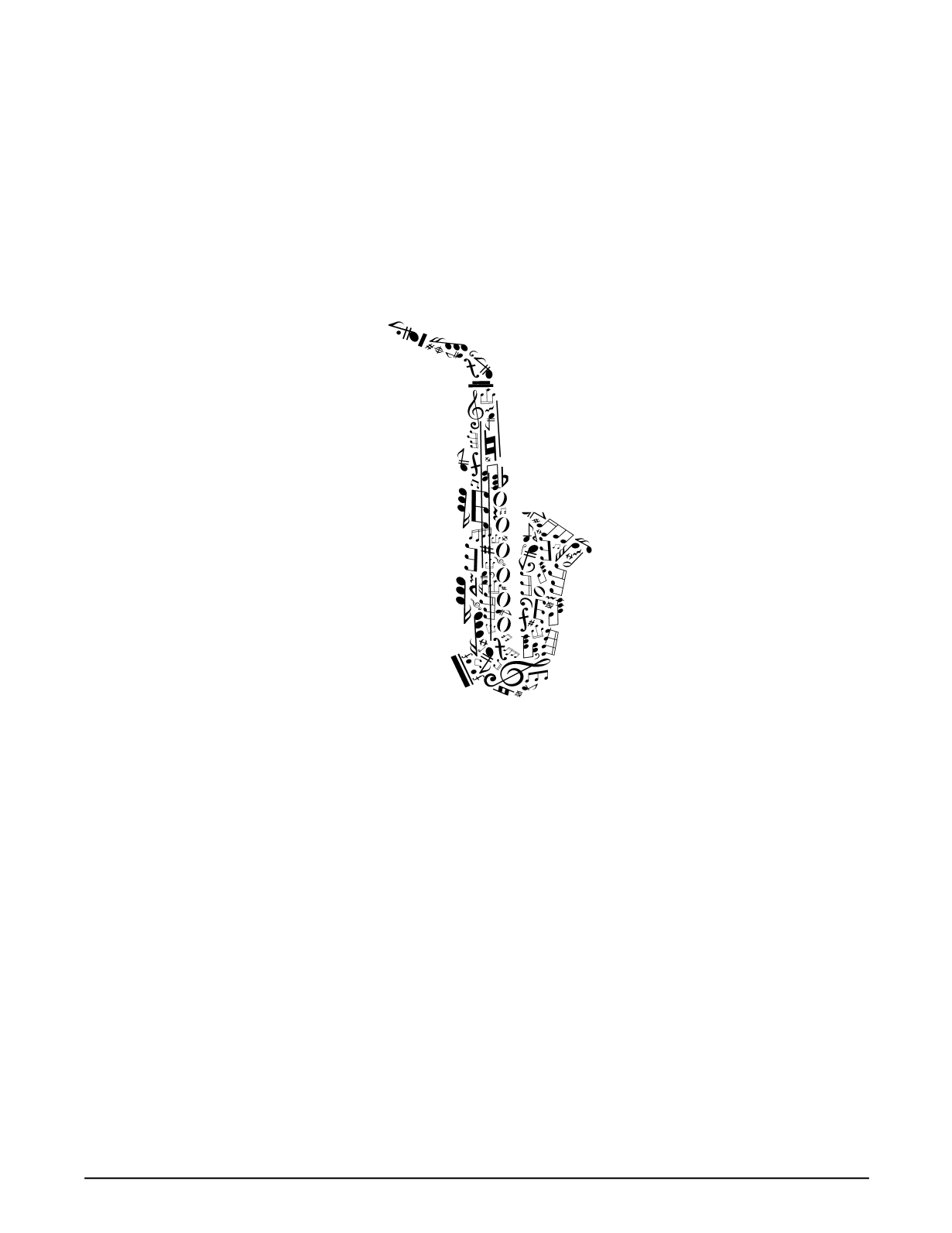
Texas Bandmasters Association
Bandmasters Review • December 2015
17
• It is our job as band directors to teach students how to
correctly and professionally walk with their instruments.
Many times, judges notice where bassoon bocals have been
placed, how instrument bell and slides are protected, etc.
Your entry onto the stage (as well as into
the sight-reading room) should capture the
judges’ attention and be very organized,
poised and professional.
• After being seated on stage, students are
allowed to play “on their own” momentarily
so they can get used to how they sound on
the stage. Similar to percussionists, wind
players should be given specific parameters.
• No matter whether you choose
to perform a block concert F….a short
articulation sequence….a chorale….
or an intervallic exercise prior to the
announcement of your ensemble, be very
careful not to expose things that you know
do not sound good. Your warm-up creates
the first impressions of the judges!
• Before your first selection (and between each of your
selections), you are encouraged to conduct through the
first few measures “off the podium” with your students.
Their instruments can either be in an upright or lowered
position. They are allowed to finger/position and even use
air through their instruments, as long as the music is not
being reproduced. This process is especially important with
MS/JH bands, as it allows students to mentally prepare for
a successful “start” to each piece. Percussionists should “air
stick” and simulate their instruments with the rest of the
ensemble.
• If, for example, a specific color/utility instrument
is used on a specific piece, you can allow your band to
again play “on their own” for 30 seconds or more before
this particular piece. This allows the student to bring this
newly added instrument to the correct temperature for
performance.
Sight-reading Room
• It is very important that you go through the sight-
reading procedures with your ensemble throughout the
year—not just right before Pre-UIL and UIL Contest.
• Prior to the actual day of your
contest, percussionists should be pre-
assigned to specific instrument parts.
Part breakdown and requirements can
be found on the UIL website. “Extra”
percussionists not playing parts need to
be trained to “shadow” behind (if not
right next to) the actual performer.
• As part of the many techniques you
should teach your students, it is a very
good idea for students to physically
“touch” certain aspects of the piece as
you are calling attention to something
specific.
• Students at all levels should be very
familiar with the “critical notes” in the
various keys they will encounter:
n
For concert Bb, the 7th scale degree is the critical note.
n
For concert Eb, Ab and Db, the 4th scale degree is the
critical note.
n
For concert C and G, the 3rd and 7th scale degrees are
the critical notes.
• Students should be trained to “freeze” on critical
notes when you practice sight-reading; you can “show”
the fingerings around the room….or they can show you
(or their neighbors) the fingerings. Any or all of these
techniques can be used in the actual sight-reading room.
• Judges really like it when you make references/
connections to your stage music (i.e. legato style, key,
unique markings, etc.).
• During both the general explanation and
summary period, do not call out every measure
number and beat number. There are SO MANY other
things you should be reminding students about!
Are You Ready for UIL Contest?


